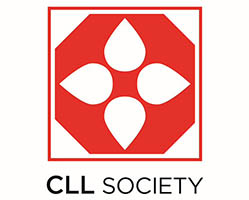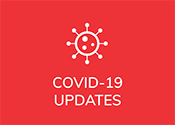Authored by Ann Liu, PhD
Medically Reviewed by Brian Koffman, MDCM )retired), MSEd
The Bottom Line:
MRD-guided ibrutinib plus venetoclax is a very effective combination therapy for treating CLL and can provide durable responses.
Who Performed the Research and Where Was it Presented:
Dr. Talha Munir from Leeds Teaching Hospitals NHS Trust and St. James’s University Hospital and colleagues presented the results at the American Society for Hematology (ASH) Annual Meeting 2024.
Background:
The combination of covalent BTK inhibitor ibrutinib and BCL2 inhibitor venetoclax is very effective for treating chronic lymphocytic leukemia (CLL) and small lymphocytic lymphoma (SLL). While it is approved in most of Europe and Canada, it has not been approved in the US due to safety concerns. The FLAIR trial is an ongoing adaptive phase 3 clinical trial conducted in the UK in its 10th year. Dr. Munir presented updated results from this trial specifically for the group that received ibrutinib and venetoclax.
Methods and Participants:
The FLAIR trial is an ongoing phase 3 adaptive clinical trial for patients with previously untreated CLL. In one arm, patients received a combination of ibrutinib plus venetoclax, and treatment duration depended on the patient’s response (how long it took them to reach undetectable measurable residual disease [uMRD]).
Results:
- 260 patients were randomized to the ibrutinib-venetoclax arm of the FLAIR study.
- Six in ten patients reached uMRD, with 43% achieving uMRD by the end of year one.
- Out of the 159 patients who reached uMRD and stopped therapy, only 13 have had signs of their disease coming back (MRD positive, not necessarily clinical progression)
- Low tumor lysis syndrome risk, unmutated IGHV status, and the rare BRAF mutation (these patients tend to have more accelerated cancer growth) were predictors of early MRD attainment.
Conclusions:
This study confirms that ibrutinib plus venetoclax is a very effective combination therapy for treating CLL, and it also shows that MRD-guided therapy can provide durable responses. Historically, patients with unmutated IgHV have had a worse prognosis. However, that may no longer be true in this new era of targeted therapies. The results here show a correlation between unmutated IGHV status and early MRD attainment. This supports previous results from the FLAIR trial, which showed higher rates of uMRD in patients with unmutated IGHV treated with ibrutinib and venetoclax. This finding, plus the better responses in the BRAF mutated patients, suggest that this combination therapy can use the cancer’s aggressive growth seen in unmutated IGHV and BRAF mutated patients against itself.
Links and Resources:
Watch the interview on the abstract here:
You can read the actual ASH abstract here: IGHV Unmutated Status, Low Tumor Lysis Risk Disease, and BRAF Mutated Status Are Predictors for Early MRD Responders Treated with MRD Defined Ibrutinib with Venetoclax: Report of the UK NCRI FLAIR Study

















